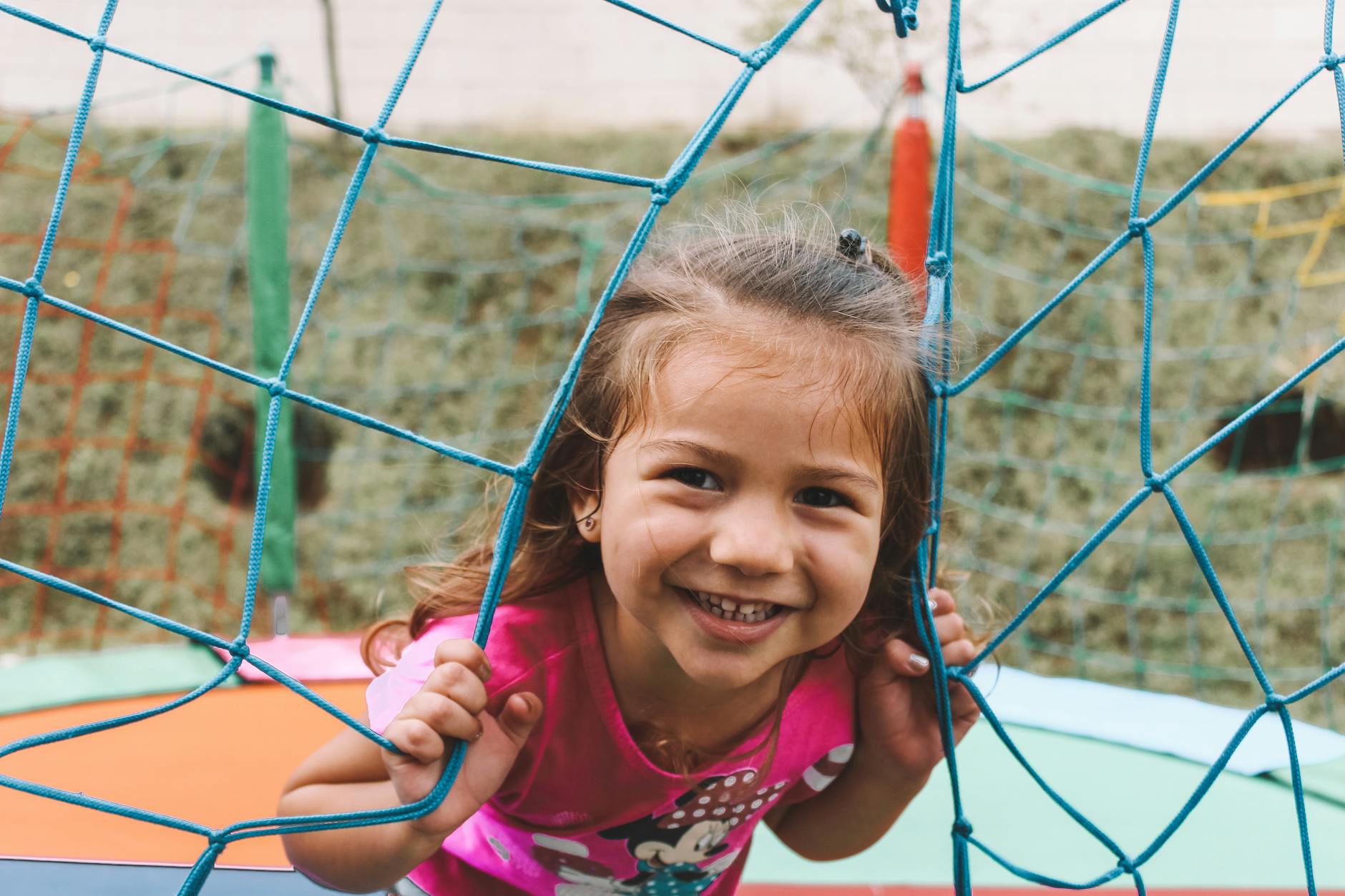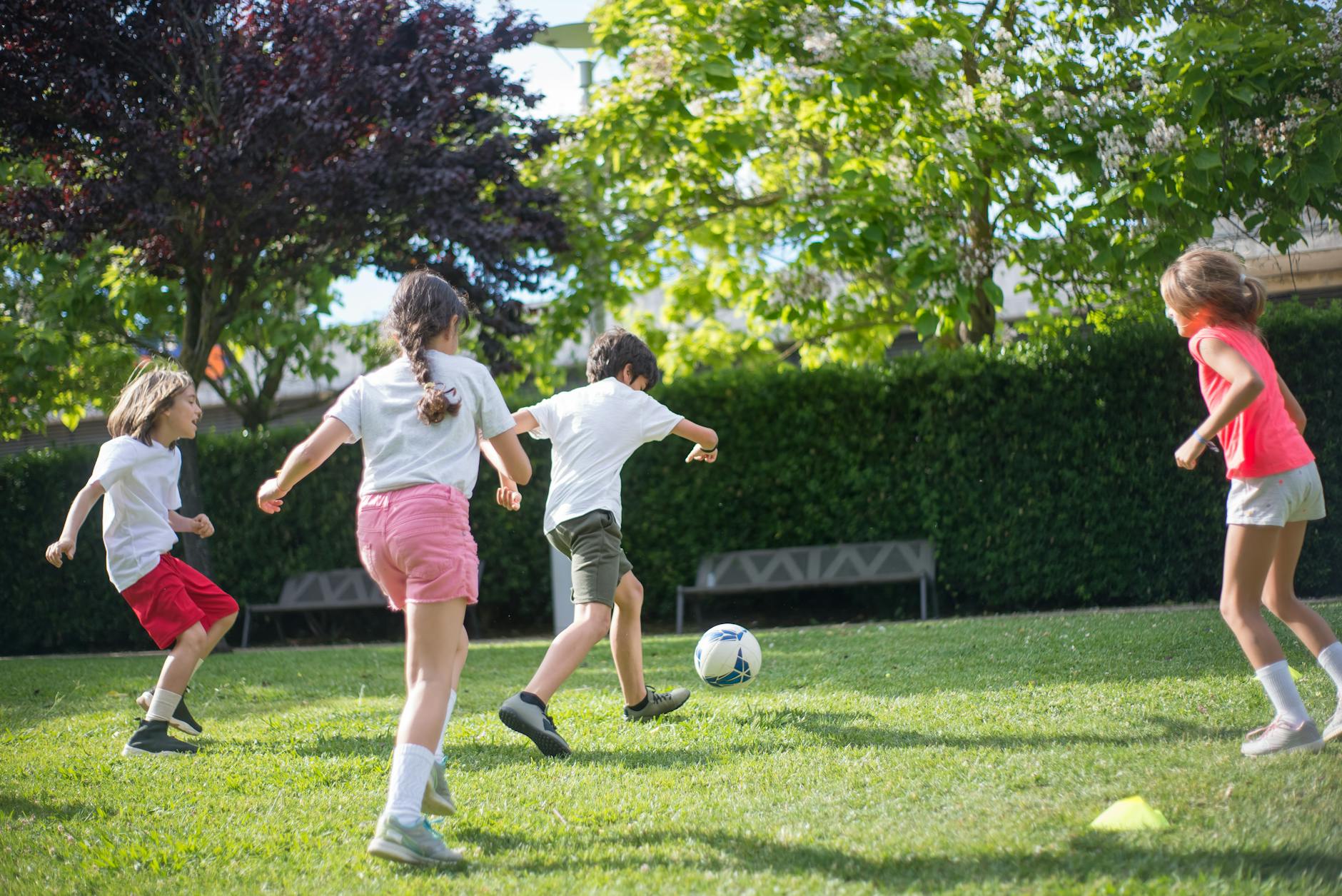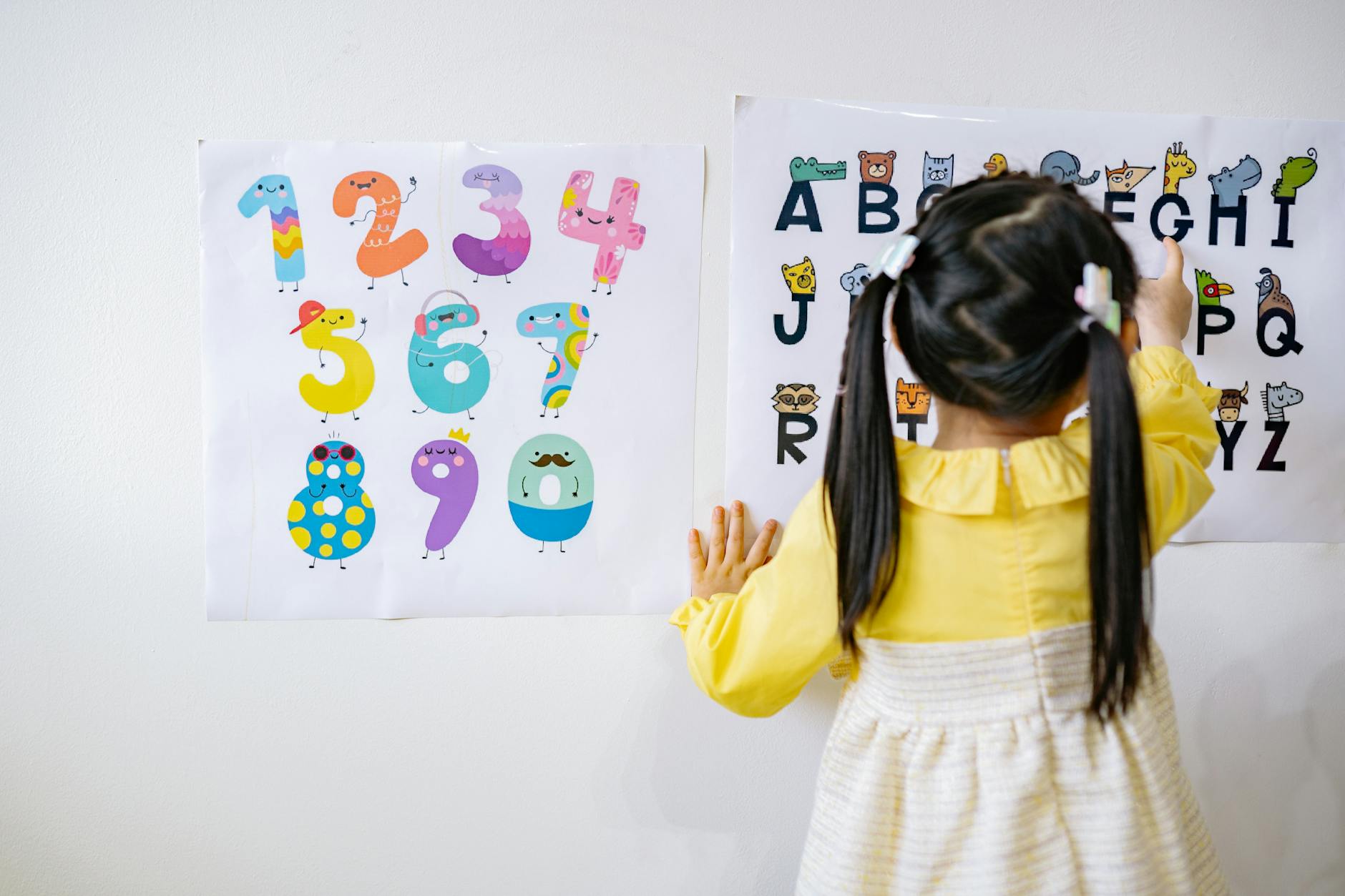Introduction
As a parent, it’s natural to be concerned about your child’s behavior, especially if they seem more hyperactive or inattentive than their peers. Children with Attention Deficit Hyperactivity Disorder (ADHD) or attention deficit disorder face unique challenges, but with the right strategies and support, they can thrive. In this guide, we’ll explore what ADHD is, common behaviors associated with it, and effective strategies for managing these behaviors at home and school.

What is Attention Deficit Hyperactivity Disorder?
ADHD is a neurodevelopmental disorder characterized by patterns of inattention, hyperactivity, and impulsivity that interfere with functioning or development. It is one of the most common mental disorders affecting children. According to the Centers for Disease Control and Prevention (CDC), approximately 6.1 million children in the United States
Common Behaviors in Kids with ADHD
Inattention
Children with ADHD may exhibit inattentive symptoms, having difficulty sustaining attention, often appearing forgetful and easily distracted. They might frequently make careless mistakes in schoolwork or other activities, struggle to organize tasks and activities, and avoid or dislike tasks that require sustained mental effort.
Hyperactivity
Hyperactivity in children with ADHD manifests as excessive fidgeting, an inability to stay seated, excessive talking, and difficulty playing or engaging in activities quietly. These children may be constantly moving or climbing in situations where it is not appropriate.
Impulsivity
Impulsivity includes behaviors such as interrupting others, difficulty waiting for their turn, and acting without thinking. These impulsive behaviors can manifest as blurting out answers before questions have been completed and having trouble waiting their turn in games or activities.
Understanding ADHD Symptoms in Different Settings
At Home
At home, kids with ADHD might struggle to follow rules and instructions, complete chores, or play quietly. They may experience frequent temper outbursts and have difficulty sitting still during family meals or other activities.
At School
In a classroom setting, children with ADHD might find it challenging to stay focused on lessons, follow instructions, and complete assignments. They may also have trouble organizing their work, keeping track of their belongings, and remembering to bring necessary materials to class.
Social Interactions
Socially, kids with ADHD may have difficulty making and keeping friends. Their impulsivity can lead to interruptions and difficulty taking turns, which can frustrate peers and lead to social isolation.
Effective Strategies for Managing ADHD at Home
Establish Routines
Consistent routines help children with ADHD understand what to expect and reduce anxiety. Create daily schedules for morning routines, homework, and bedtime. Visual schedules can be particularly helpful, providing a clear outline of the day’s activities.
Break Tasks into Smaller Steps
Large tasks can be overwhelming for kids with ADHD. Break down tasks into manageable steps and provide clear, concise instructions. For example, instead of telling your child to “clean your room,” break it down into smaller steps like “pick up your toys,” “put your clothes in the laundry basket,” and “make your bed.”
Positive Reinforcement
Praise and reward your child for positive behaviors and accomplishments. This reinforces good behavior and boosts self-esteem. Use a reward system, such as a sticker chart, to visually track progress and provide motivation.
Create a Distraction-Free Environment
Designate a quiet, clutter-free space for homework and other focused activities to help minimize distractions. Ensure this space is away from high-traffic areas in the home and free from unnecessary stimuli like toys or electronics.
Use Visual Aids
Visual schedules, charts, and checklists can help children stay organized and understand their responsibilities. These tools can serve as constant reminders and help kids manage their time effectively.
Encourage Physical Activity
Regular exercise can help reduce symptoms of ADHD by improving concentration and reducing stress and anxiety. Activities like swimming, cycling, and team sports can be particularly beneficial. Exercise helps burn off excess energy and can improve mood and behavior.

Supporting Kids with ADHD at School
Collaborate with Teachers
Work closely with your child’s teachers to develop an Individualized Education Program (IEP) or 504 Plan that accommodates their needs. Regular communication with teachers can help you stay informed about your child’s progress and any challenges they might be facing.
Seating Arrangements
Ensure your child sits close to the teacher and away from distractions like windows or doors. This can help them stay focused and reduce the likelihood of becoming distracted by external stimuli.
Frequent Breaks
Short, frequent breaks can help children with ADHD stay focused and prevent frustration. Incorporate movement breaks into the day to help manage energy levels and improve concentration.

Use of Technology
Assistive technology, such as apps for organization and time management, can be beneficial for children with ADHD. Tools like timers, reminders, and educational apps can help them stay on track with their tasks and assignments.
Clear and Concise Instructions
Teachers should provide clear, step-by-step instructions and check for understanding. Breaking down assignments into smaller, manageable tasks can help students with ADHD stay focused and organized.
Building Self-Esteem and Resilience
Focus on Strengths
Encourage activities that your child enjoys and excels in, whether it’s sports, arts, or other hobbies. Highlighting their strengths can boost confidence and provide a sense of accomplishment.
Teach Problem-Solving Skills
Help your child develop problem-solving skills to handle challenges and setbacks. Use real-life situations to practice these skills and encourage your child to think through problems and come up with solutions.
Promote Social Skills
Encourage playdates and social activities to help your child build friendships and improve social interactions. Role-playing and social skills training can also be beneficial in teaching appropriate social behaviors.

ADHD Symptom Checklist
If you suspect your child might have ADHD, consider the following symptom checklist. These symptoms are based on DSM-V-TR (Diagnostic and Statistical Manual) for ADHD diagnosis. Check the symptoms that apply to your child:
Inattention:
Difficulty sustaining attention in tasks or play activities
Often makes careless mistakes in schoolwork
Avoids or dislikes tasks requiring sustained mental effort
Frequently loses items needed for tasks and activities
Easily distracted by extraneous stimuli
Forgetful in daily activities
Hyperactivity:
Often fidgets with hands or feet or squirms in seat
Leaves seat in situations when remaining seated is expected
Runs about or climbs excessively in inappropriate situations
Unable to play or engage in leisure activities quietly
Often “on the go” or acts as if “driven by a motor”
Talks excessively
Impulsivity:
Blurts out answers before questions have been completed
Has difficulty awaiting turn
Interrupts or intrudes on others (e.g., butts into conversations or games
Seeking Professional Help
If you suspect your child has ADHD, it’s important to seek a professional evaluation for an ADHD diagnosis. A pediatrician, psychiatrist, or psychologist can provide a diagnosis and recommend appropriate treatments, such as behavioral therapy, medication, or a combination of both.
Behavioral Therapy
Accurately diagnosing ADHD is crucial before starting behavioral therapy to ensure the correct treatment approach. Behavioral therapy can help children with an ADHD diagnosis learn to manage their symptoms and improve their behavior. This type of therapy focuses on reinforcing positive behaviors, discouraging negative behaviors, and teaching new skills to cope with the challenges of ADHD.
Medication
Medication can be an effective part of treatment to treat ADHD for many children. Stimulant medications, such as methylphenidate (Ritalin) and amphetamine (Adderall), are commonly prescribed and can help improve focus, attention, and self-control. Non-stimulant medications, such as atomoxetine (Strattera), may also be used.
FAQs
What are the main symptoms of ADHD in children?
The main symptoms include inattention, hyperactivity, and impulsivity. Children may have difficulty focusing, sitting still, and controlling their impulses.
How is ADHD diagnosed in children?
ADHD is diagnosed through a comprehensive evaluation by a healthcare professional, which may include questionnaires, interviews, and observation of behavior.
Can diet affect ADHD symptoms?
While diet alone is not a cause of ADHD, certain dietary changes, like reducing sugar intake and avoiding food additives, may help manage symptoms in some children.
What role do parents play in managing a child’s ADHD?
Parents play a crucial role by creating structured routines, using positive reinforcement, and working closely with teachers and healthcare providers.
Are there non-medication treatments for ADHD?
Yes, behavioral therapy, lifestyle changes like increased physical activity, and using organizational tools can all help manage ADHD symptoms.
Can children with ADHD succeed in school?
Absolutely. With the right support, strategies, and accommodations, children with an ADHD diagnosis can thrive academically. We recommend connecting with your child’s teacher and school psychologists for support.
Conclusion
Raising a child with ADHD can be challenging, but with the right support and strategies, you can help your child manage their symptoms and succeed. By creating a structured environment, collaborating with educators and mental health professionals, and focusing on your child’s strengths, you can make a significant positive impact on their development and well-being.